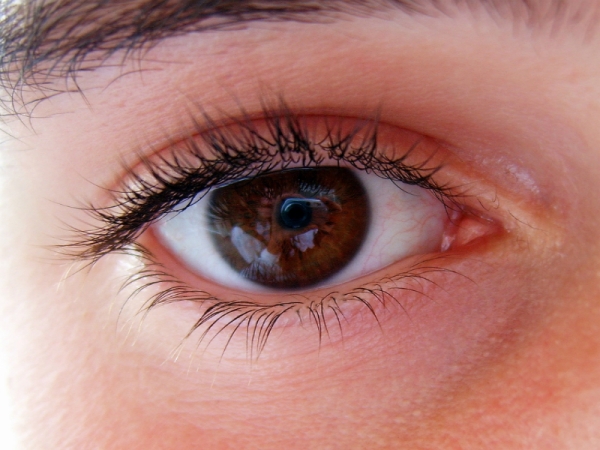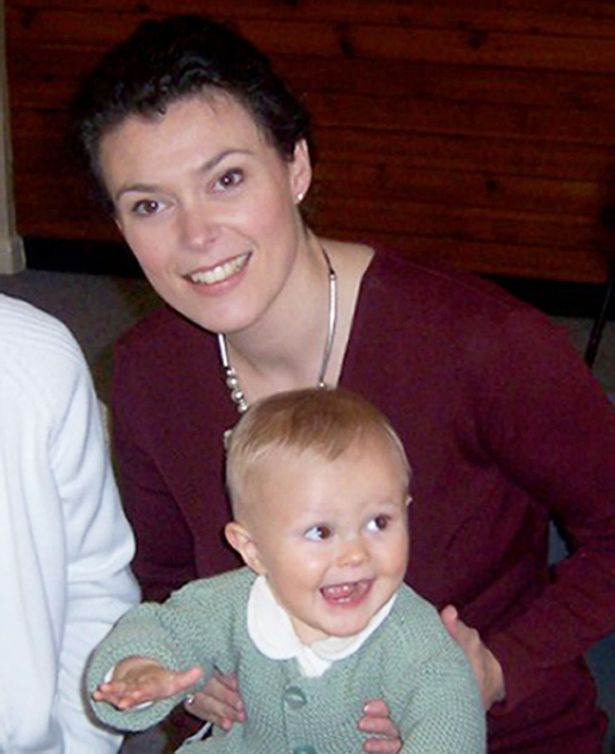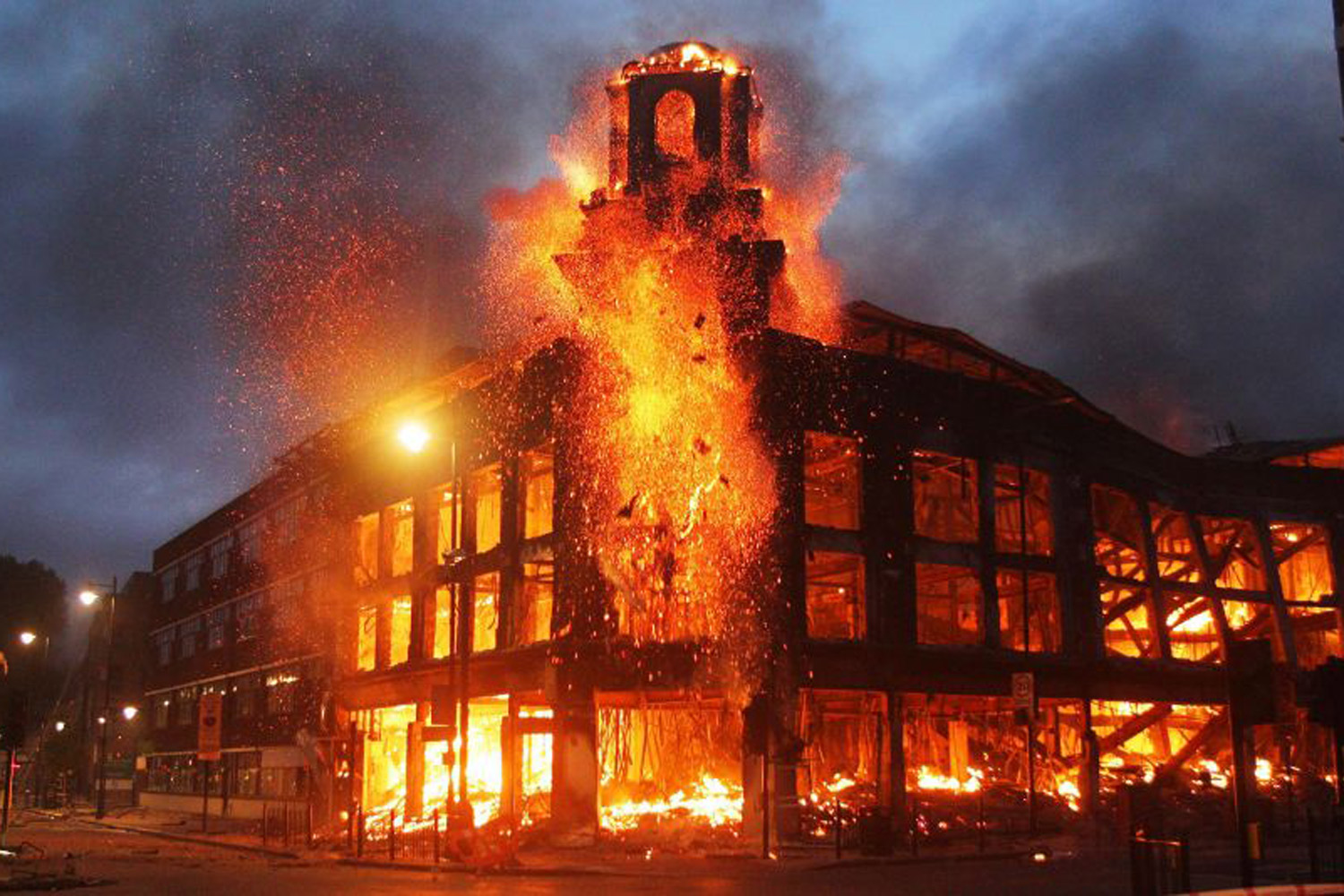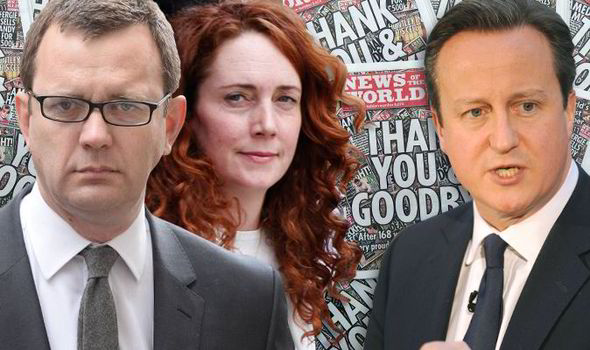Reflected Eye Photos Could Help Solve Crimes
Reflections in the eyes of people who feature in photographs could increasingly be “mined” to help solve crimes, researchers say.
Zooming in on high-megapixel images can capture recognisable images of the person taking the photo, or other people present at the time.
An experiment by the University of Glasgow’s psychology department found that faces of onlookers could be identified even from small, poor quality reflected images.
The zoomed-in images were only 27 to 36 pixels wide but participants could still reliably identify the face.

An example of this tech
“For crimes in which the victims are photographed (eg, hostage taking, child sex abuse), reflections in the eyes of the photographic subject could help to identify perpetrators,” say researchers Rob Jenkins and Chistie Kerr – who published their findings in the PLoS ONE journal.
“One possible extension of this technique would be to combine pairs of images recovered from the subject’s two eyes,” they add.
“In principle, these images contain the stereo disparity information required to reconstruct a 3D representation of the environment from the viewpoint of the photographic subject.”
A high-end 39 megapixel Hasselblad camera was used in the experiment, while the onlookers were close to the subject and the room well lit.
However, as the study notes, with mobile phone cameras featuring ever-higher pixel counts the technique could become more useful to police looking to gather evidence from a crime scene.









